Small closets can become highly functional and visually appealing by implementing a variety of smart storage solutions that maximize vertical space, improve accessibility, and keep every item neatly organized. From embracing an open-concept layout that encourages curation to integrating modular systems, bins, and baskets tailored to specific items, these ideas address common pain points in compact wardrobes. Over-the-door organizers, pull-out drawers, and hanging solutions for accessories like shoes, handbags, and jewelry make it easy to see and reach everything. Seasonal rotation using vacuum-seal bags and the addition of floating shelves help store off-season items without sacrificing everyday convenience. Together, these 20 strategies enable any small closet to punch well above its weight in storage capacity and style.
1. Create an Open Closet
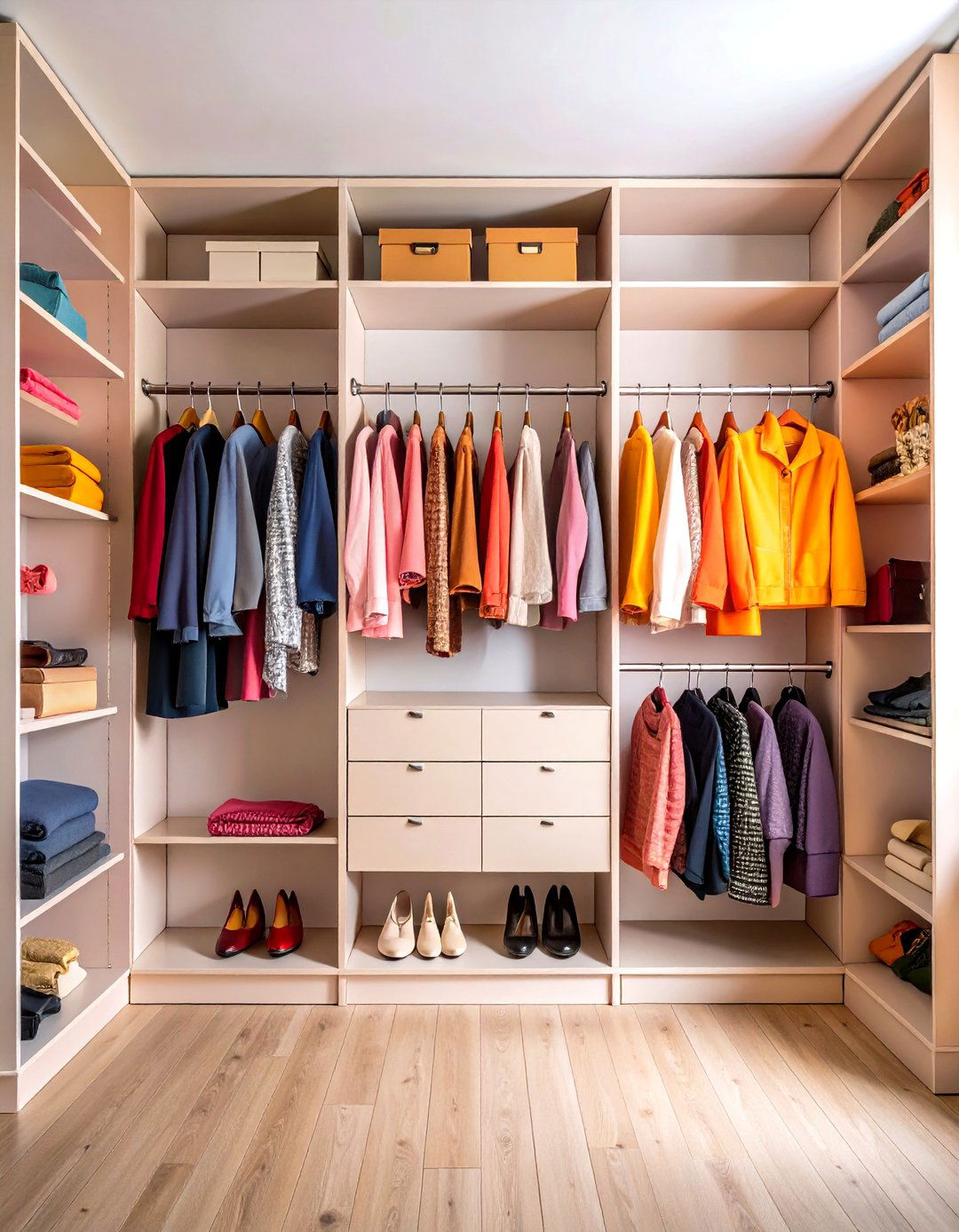
An open closet layout removes bulky doors and encloses shelving units to showcase and streamline your wardrobe. By displaying clothing and accessories openly, you’re encouraged to edit your collection to items you truly use. Free-standing bookshelves or customizable closet kits can be arranged into an open system that fits even the narrowest alcoves. This approach not only makes garments easier to find but also lends a boutique-style feel to your space. The continual visibility helps maintain organization since everything is on display and must earn its place.
2. Build an Adjustable Closet System
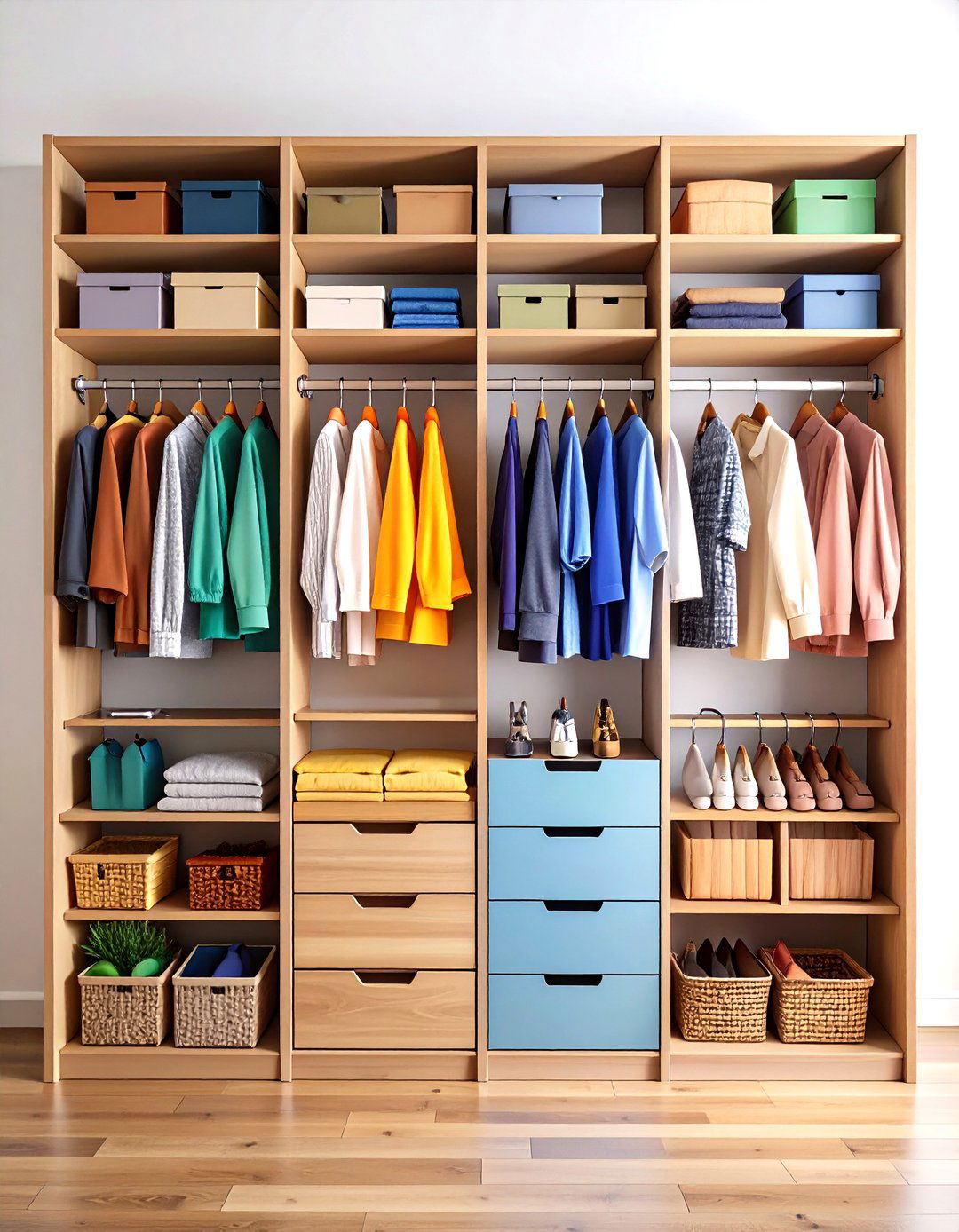
Installing an adjustable closet system transforms an underused nook into a perfectly tailored storage hub. These systems typically include slotted standards and moveable brackets that let you reposition shelves, rods, and drawers as your needs evolve. For a baby or guest closet, matching bins and pull-out baskets keep small items like toys, socks, and accessories contained and easy to reach. The cohesive aesthetic of coordinated bins also makes the space look sleek and put-together. Adjustable systems adapt to growing wardrobes, ensuring your small closet remains functional year after year.
3. Use Bins to Make a Closet Organizer

Grouping items into labeled, lidless bins simplifies both storage and retrieval. Place bins on open shelving so you can quickly toss in seasonal scarves, workout gear, or craft supplies without fumbling for lids. Handles on each bin allow you to pull them out for sorting, then slide them back once filled. Transparent or uniformly colored bins maintain a clean look while helping you identify contents at a glance. This bin-based organizer approach encourages you to designate specific categories—like workout accessories, linens, or electronics—to their own bin, cutting down on rummaging.
4. Organize Bathroom Closet Shelves
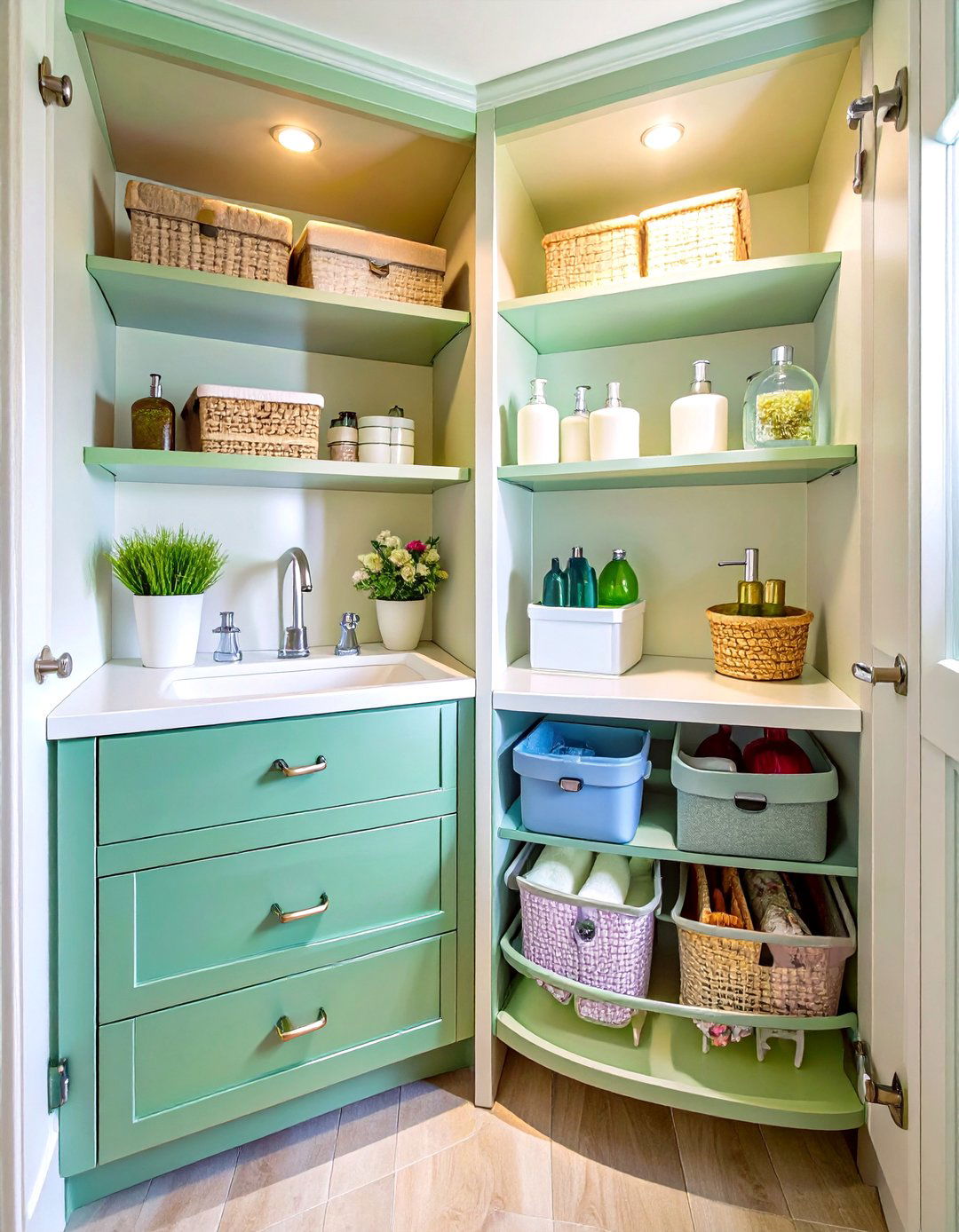
A small bathroom closet benefits from clear, labeled bins and turntables to maximize shelf space. Place everyday items like medication, skincare products, and toiletries on a spinning Lazy Susan for immediate access to anything you need. Below, baskets keep bulkier items like towels or cleaning supplies neatly contained. The transparency of the bins reduces overbuying or forgetting what you have, while labels maintain order. By dedicating each shelf to a specific category and using clear storage, even a shallow linen closet can hold considerably more than you’d expect.
5. Use Simple, Functional Storage Containers
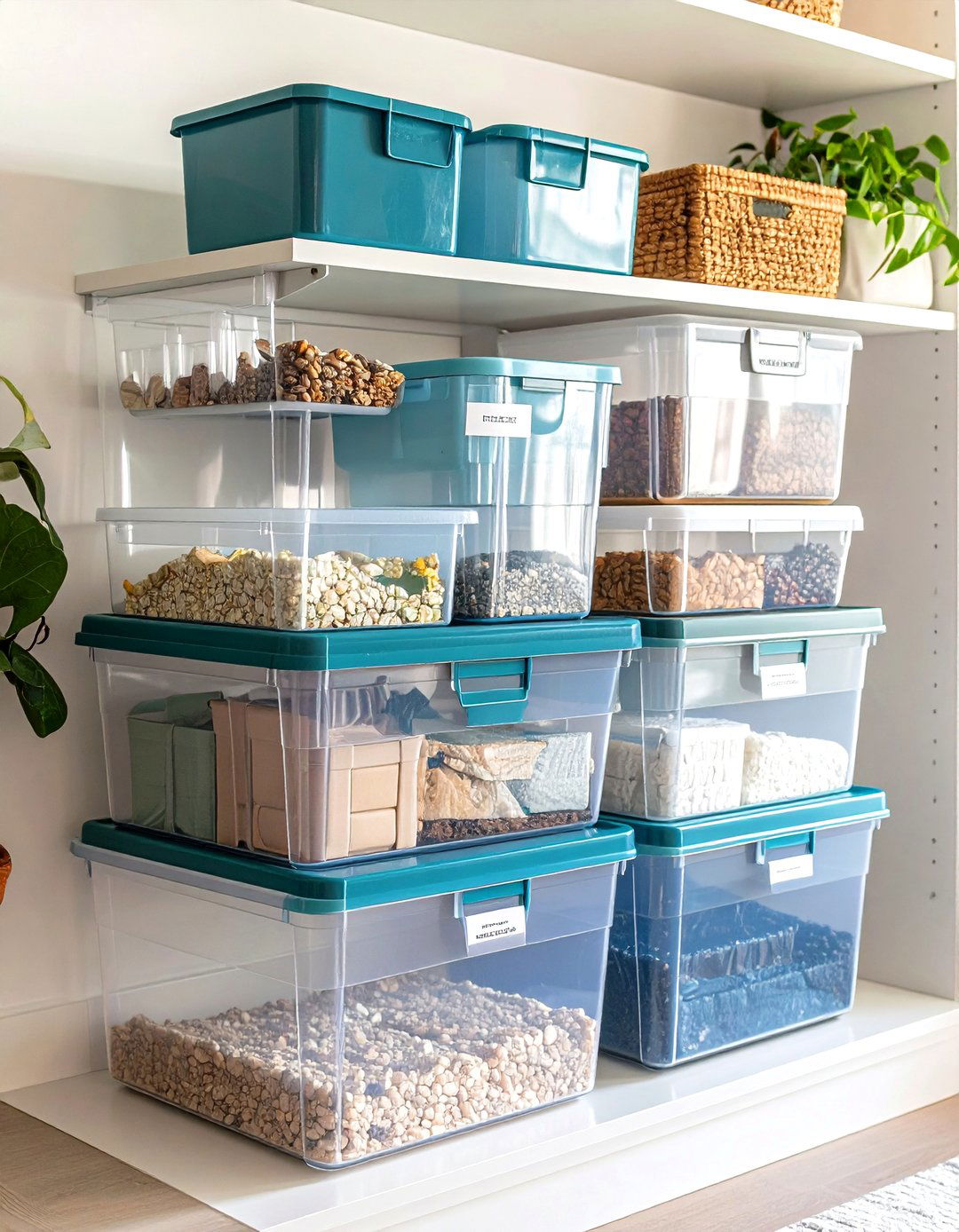
Budget-friendly storage containers with clear labels are a versatile solution for odd items and miscellaneous clutter. Stackable plastic bins can house electronics, craft materials, or seasonal decor, while cord-friendly boxes tame tangled cables and chargers. The simplicity of uniform containers creates visual harmony, making a small closet appear more spacious. When everything has a designated container—and every container is labeled—laundry and daily routine become more efficient. Keep a few clear, shallow containers at eye level for frequently used items, and deeper, opaque ones below for things you need less often.
6. Use a Shoe Rack With Pockets

Over-the-door shoe pocket organizers are an ingenious way to free up closet floor and shelf space. Each transparent pocket can hold a pair of shoes or small accessories like belts and socks. Because the organizer hangs on the door, it takes no valuable closet depth yet keeps items in plain sight. Shoe pockets prevent scuffed heels and lost flip-flops, while small accessory pockets make grabbing essentials on your way out the door effortless. Their slim profile and easy installation make this a highly accessible hack for any small closet.
7. Add Drawers Between Clothes Racks
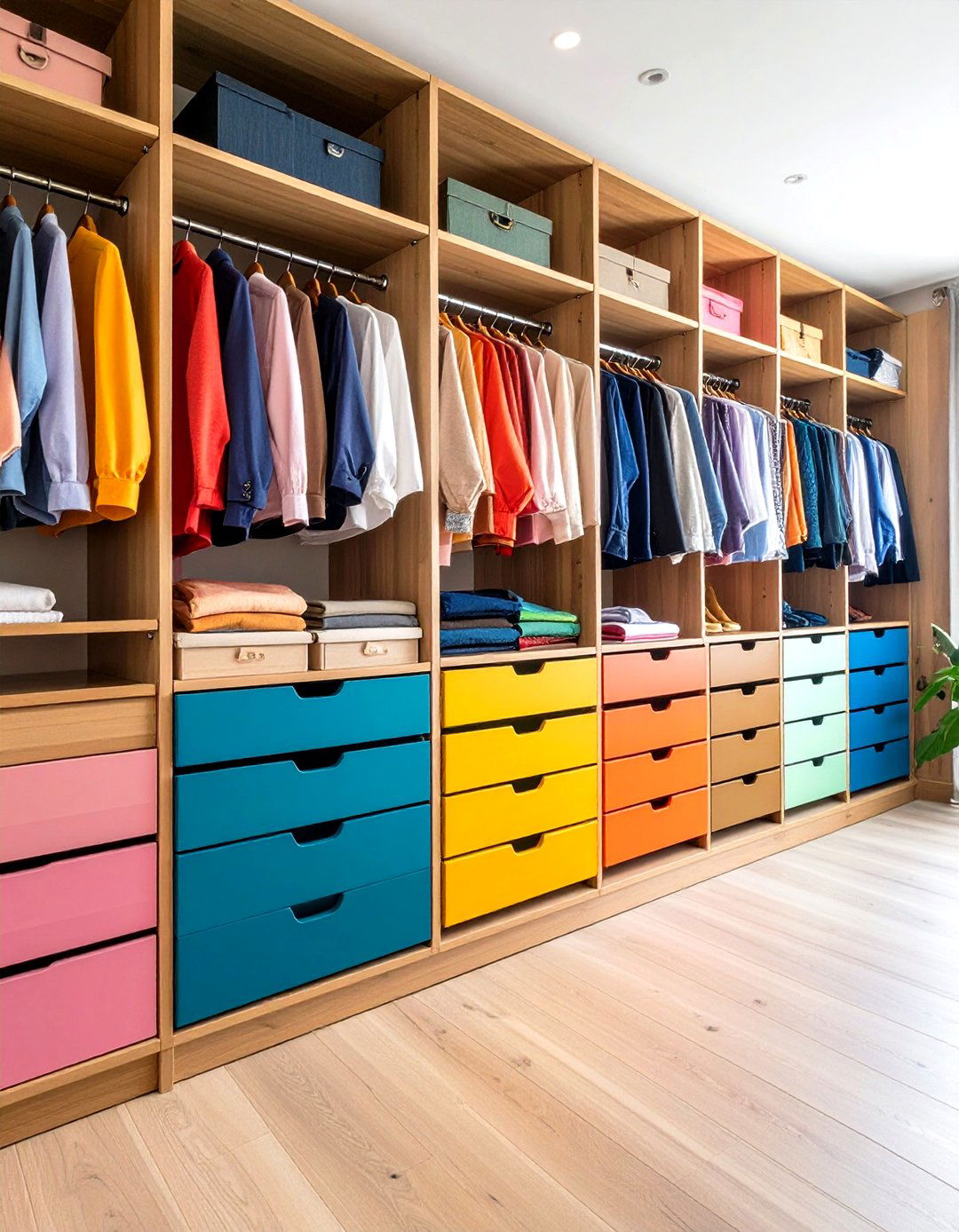
When a dresser won’t fit, modular drawer units slide perfectly between hanging rods. These narrow drawers store underwear, accessories, or folded tees without encroaching on hanging space. A combination of shelves above and drawers below creates a balanced, built-in look that conceals clutter behind solid fronts. Pick units with smooth-glide drawers to avoid snags, and consider customizing drawer heights to accommodate bulky sweaters or shallow items like belts. This hybrid setup gives you both hanging and hidden storage in one footprint, cutting down on the number of pieces of furniture you need.
8. Use a Hanging Organizer for Handbags

Specialized handbag hangers let you store multiple purses vertically on a single hanger, saving significant rod space. Each pocket or hook suspends a bag by its handle, preventing creases and protecting the shape. The entire organizer hangs alongside your clothes, keeping handbags visible and at arm’s reach. This tactic is especially useful for coordinating outfits: you can see all options at a glance and swap bags without rummaging through shelves. Look for sturdy, fabric-lined organizers to support heavier leather totes.
9. Try Door Storage
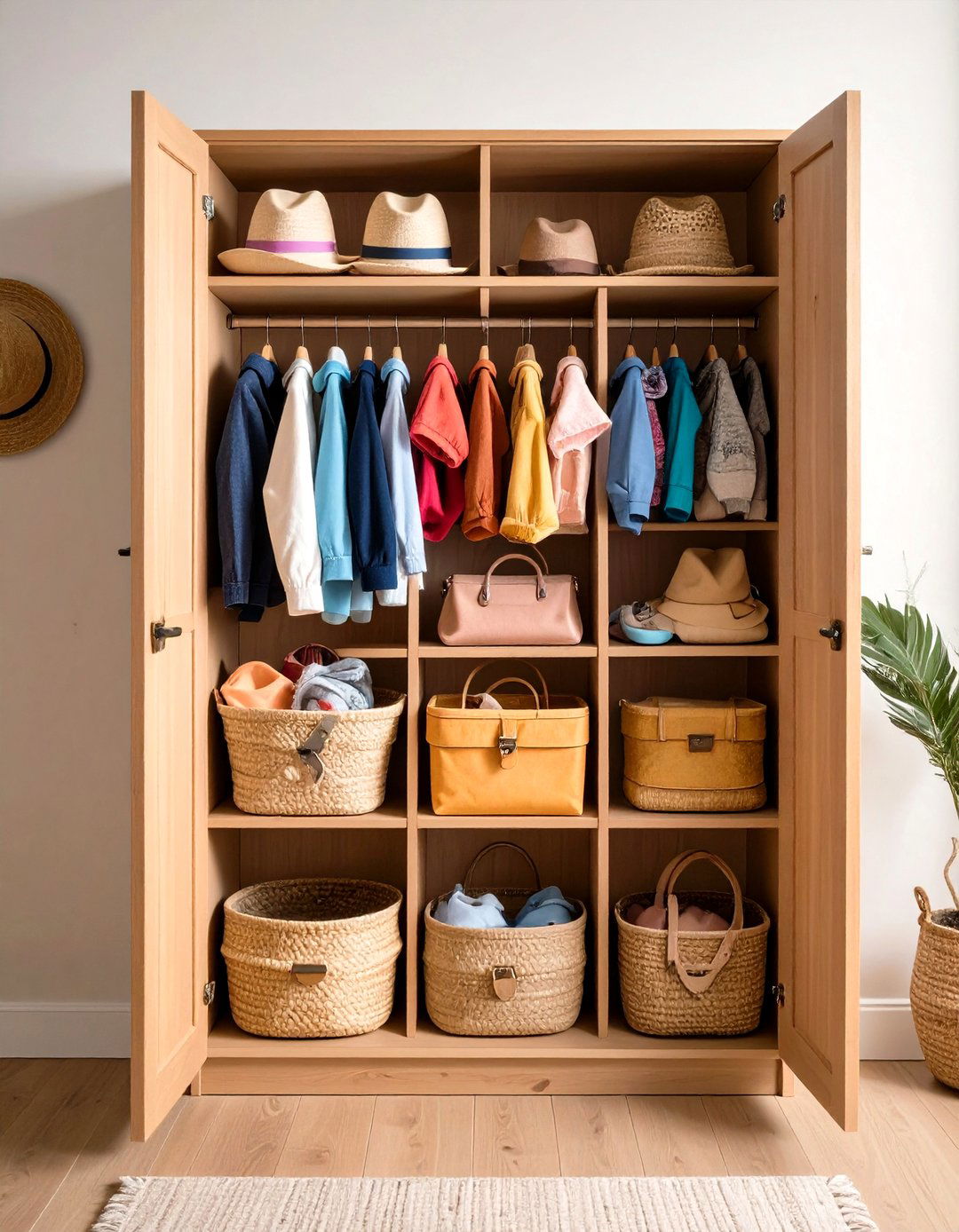
Utilize the back of your closet door with clear pocket shelves or wire racks. These structures hold small items—like baby gear, hats, or scarves—without drilling into sidewalls. In a nursery closet, door organizers can store diapers, wipes, and swaddles, effectively turning the door into a mini-dresser. Because the door opens to reveal its own storage, you gain cubic inches without sacrificing clothing space. Opt for adjustable-strap or hook-over styles for damage-free installation.
10. Make Room for Cleaning and Pet Supplies

Dedicate a specific section of your closet to cleaning products and pet care items, using labeled bins to keep chemical and pet supplies separate. Store cleaning bottles upright in deep, clear tubs to prevent leaks and ensure you can grab what you need quickly. A smaller bin above can hold lint rollers, leashes, or pet grooming tools. Grouping like items together saves you from hunting through various rooms, turning a once-wasted nook into an efficient utility closet for household maintenance.
11. Maximize Closet Space with a Jewelry Organizer
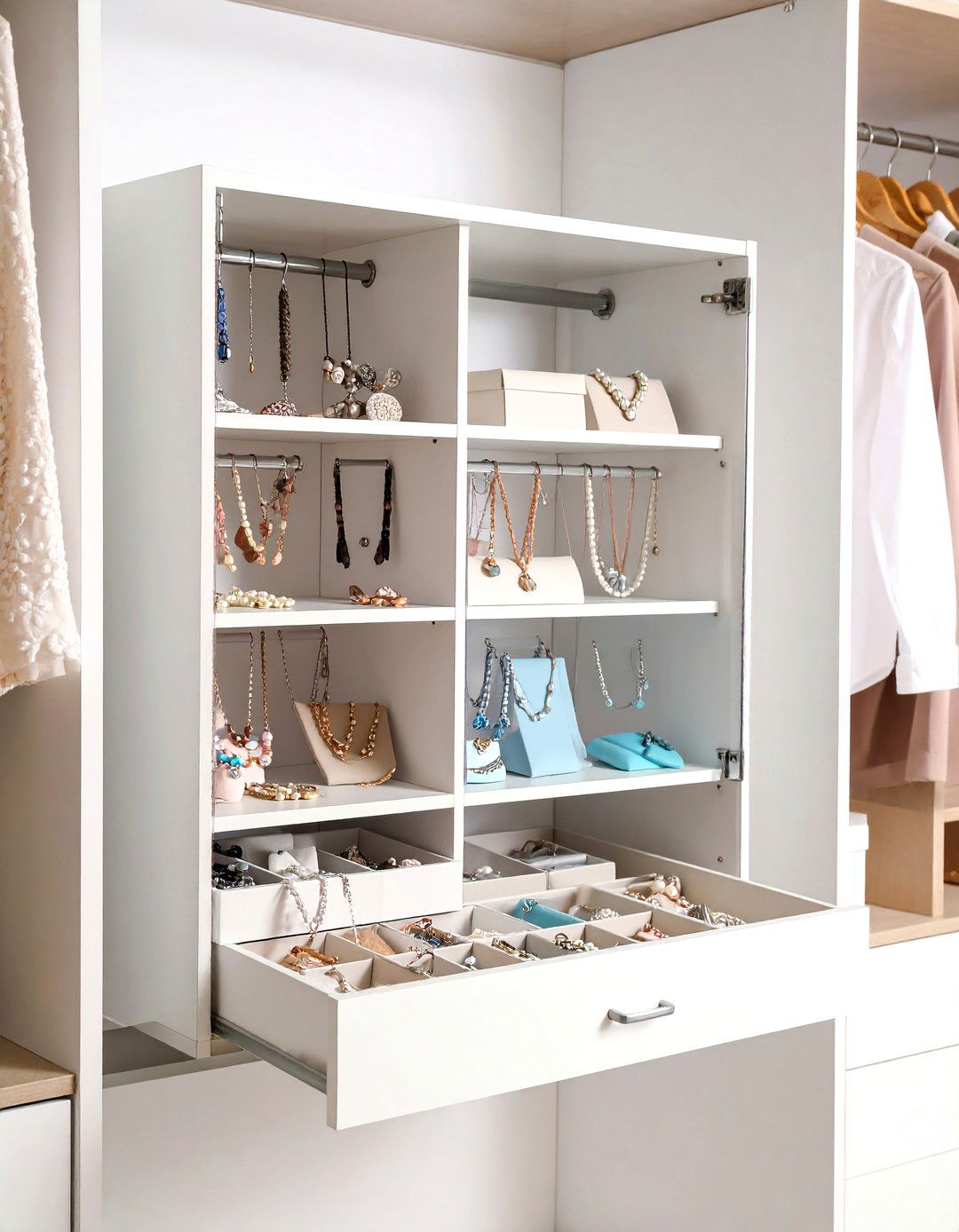
An acrylic jewelry organizer mounted on a shelf or inside a drawer keeps necklaces, bracelets, and earrings visible and tangle-free. Slender compartments lined with soft material provide a polished presentation and prevent scratches. Because most organizers stack or slide out, you can make use of shallow upper shelves without losing sight of small accessories. This setup transforms dead space into a showcase for your favorite pieces, making outfits easier to assemble at a glance.
12. Install a Modular System
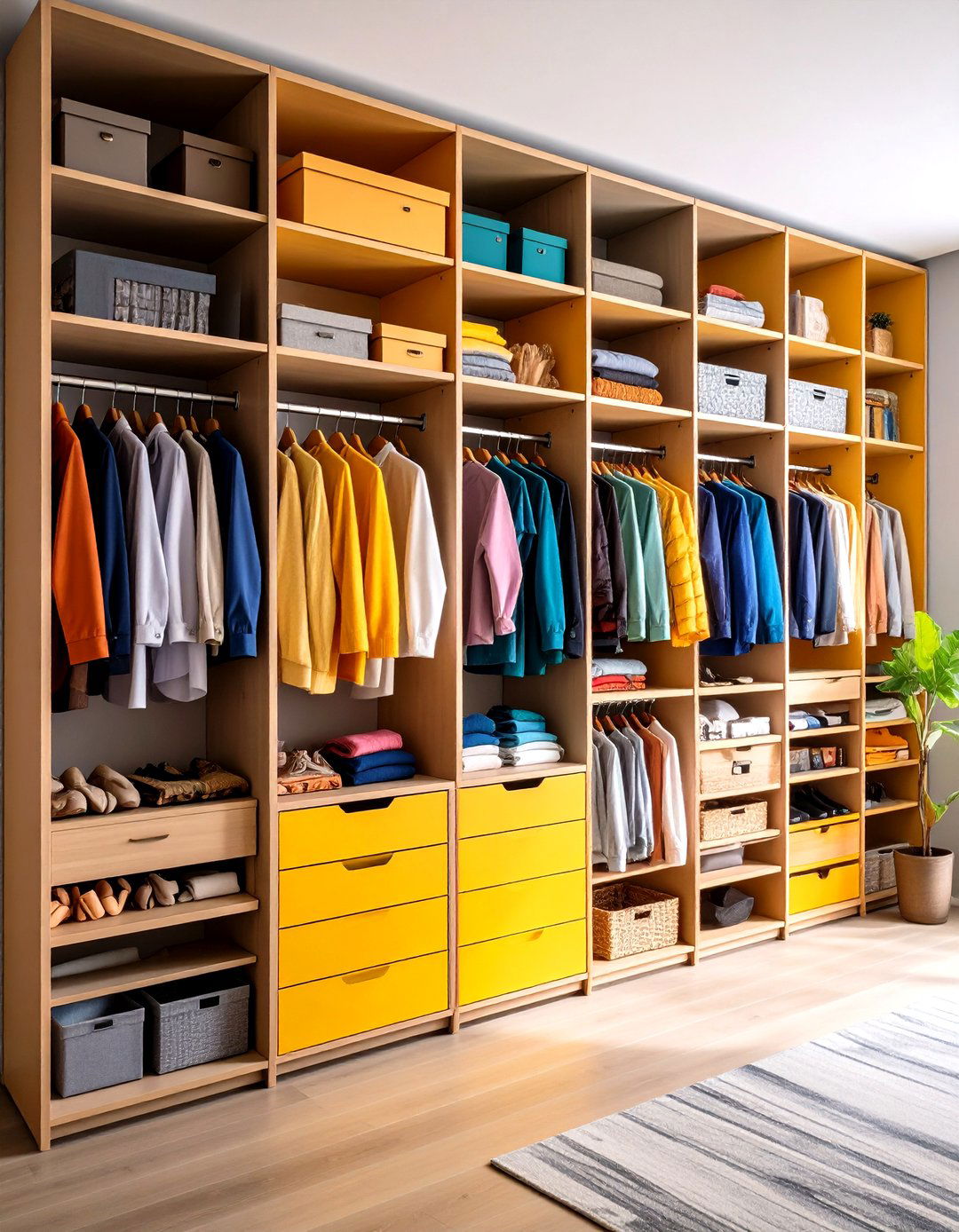
Modular closet systems combine pull-out drawers, adjustable shelves, and hanging rods in one customizable framework. These kits snap together without professional installation and can be reconfigured as seasons or storage needs change. Choose a neutral finish that blends with your décor, and use baskets or bins within the modules to corral smaller items. Modular systems deliver the look and functionality of a built-in wardrobe at a fraction of the cost, making them ideal for renters or anyone who values flexibility.
13. Maximize a Laundry Closet

Over a washer and dryer, install a door-mounted organizer with pockets for detergents and cleaning rags. Above the appliances, add wire or wooden shelves for bulkier supplies like fabric softener and bleach. This arrangement uses every vertical inch of a narrow laundry closet, keeping hazardous chemicals out of reach while maintaining clear sightlines. Bins prevent spills and make removal of heavy detergent bottles safer. With proper labeling, you’ll never mix up cleaning products again.
14. Hang Toys

Convert closet wall space into a kid’s play zone by mounting S-hooks on a rail to hang stuffed animals, toy guns, or dress-up gear. This elevates bulky items off the floor and keeps them accessible for little hands. Group toys by type or color on separate hooks to teach organization to children. The visual appeal of hanging toys can also inspire tidiness by making cleanup a simple game of hanging items back where they belong.
15. Give a Coat Closet Multiple Purposes
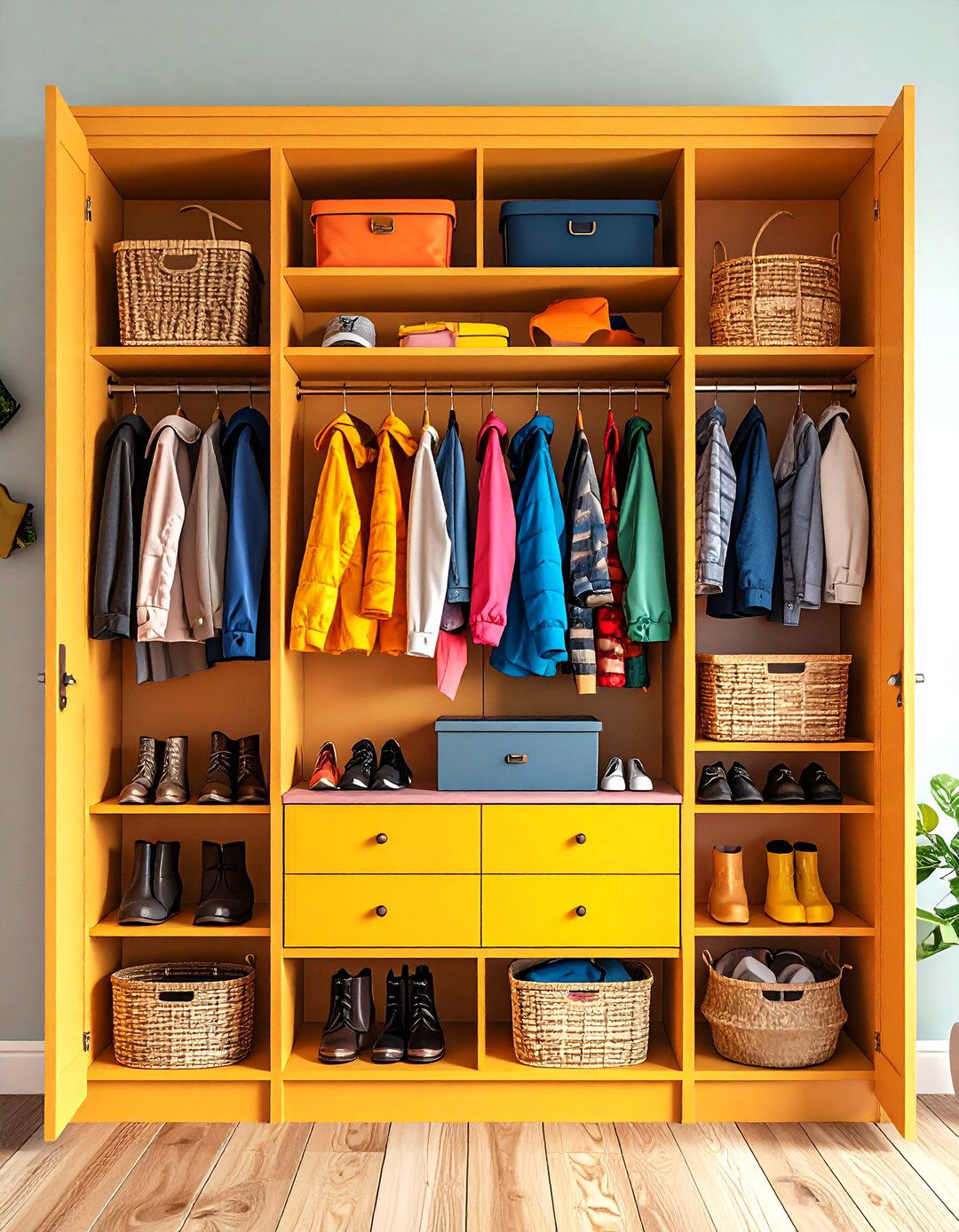
Transform an entryway coat closet into a multifunctional station by combining shoe racks, over-door baskets for linens, and small bins for pet supplies. A narrow shoe shelf at the bottom stores boots, while a mid-level shelf holds baskets of dog treats or reusable bags. Door organizers keep pet accessories or mail easily accessible. This multipurpose setup ensures every member of the household—from two-legged to four-legged—has a spot, reducing clutter in the rest of your home.
16. Create a Craft Room Closet
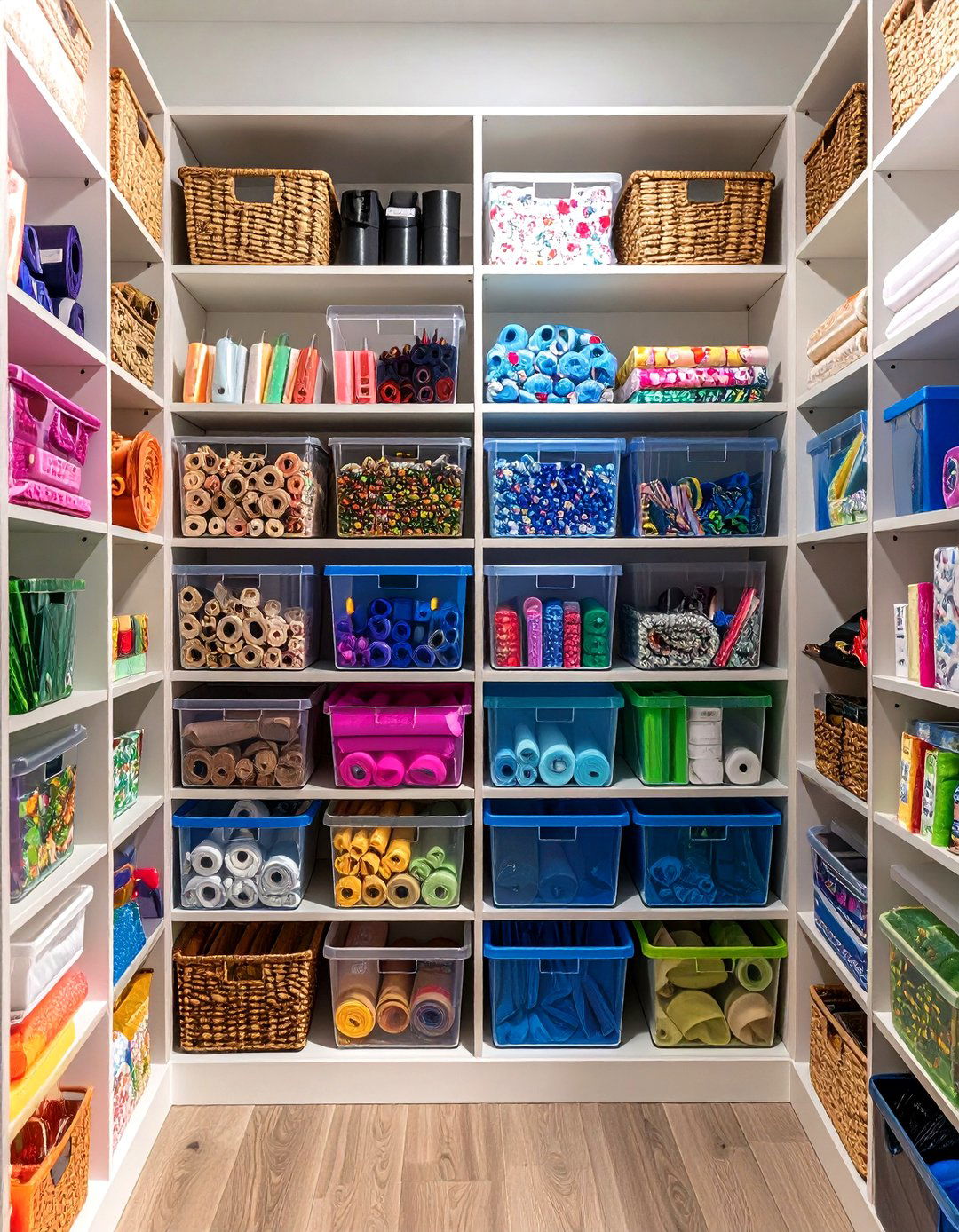
Allocate a small closet exclusively for crafting supplies by installing clear, stackable bins labeled by material—ribbons, markers, fabrics—and adjustable rod-mounted baskets for rolls of wrapping paper. A pegboard panel on the inside door can hold scissors, tape, and tools. When everything has its bin, you’ll spend less time searching and more time creating. Clear bins at eye level display project supplies, while deeper drawers below hide less-used items out of sight.
17. Organize the Game Closet
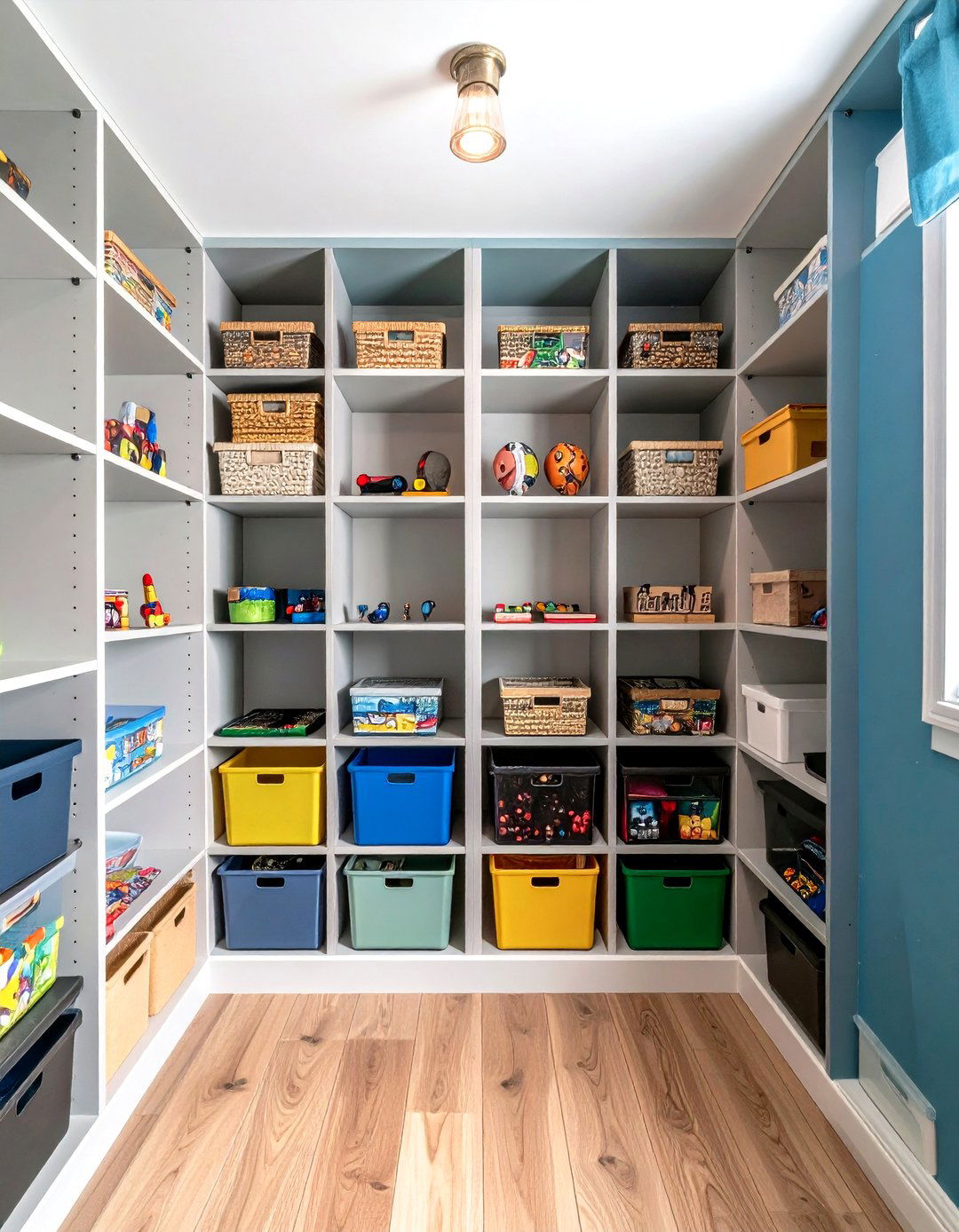
Board games and puzzles can be stacked by size on a shallow shelf, with smaller games stored in labeled bins. Use shelf dividers to keep games upright and prevent toppling. Slide-out trays underneath hold playing cards and dice in zip-top bags. This keeps family game night supplies together in one tidy location, freeing up other storage areas for seasonal gear. By standardizing box orientation and using dividers, you’ll always know where to find Monopoly.
18. Keep Gift Wrap Organized
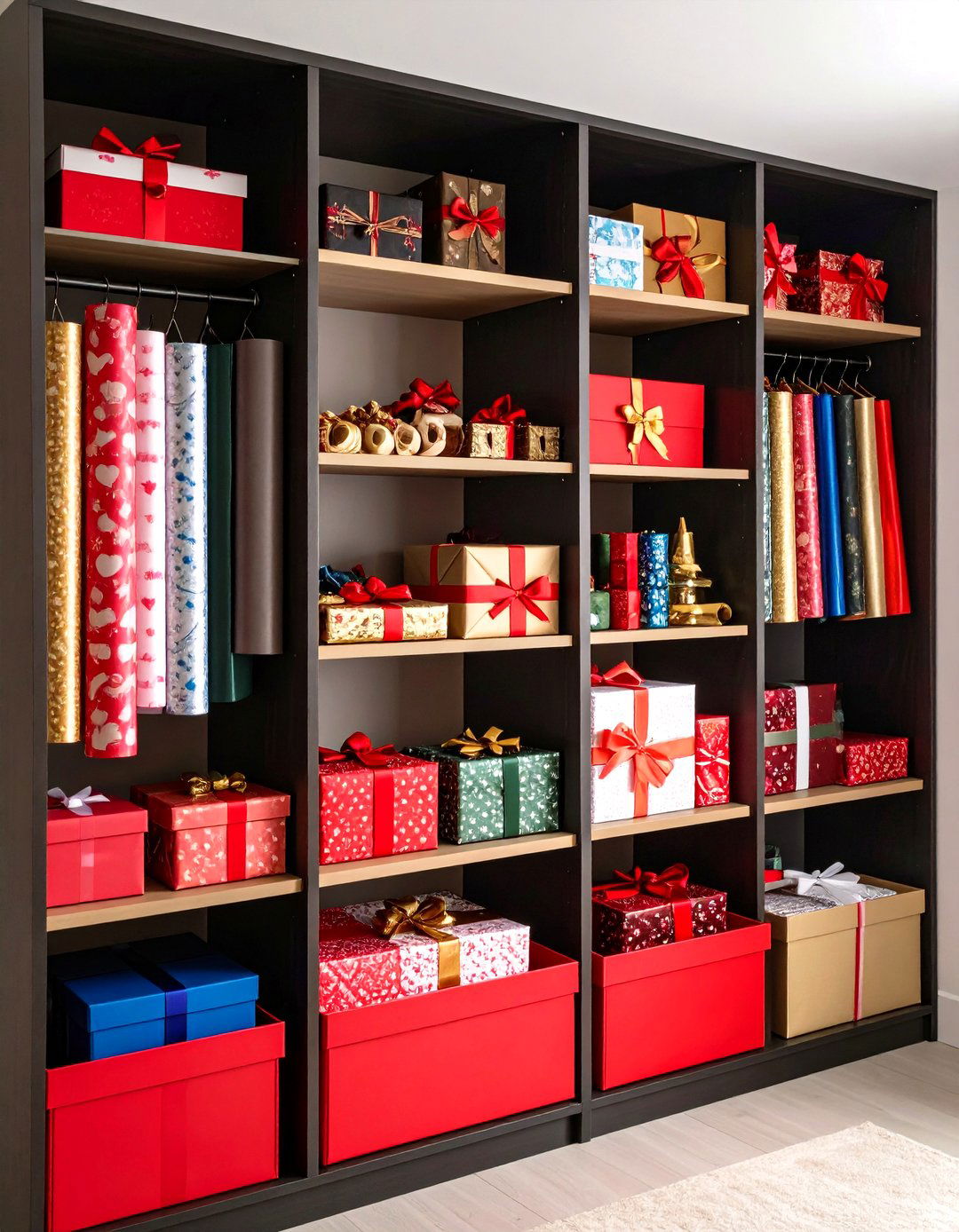
Hang rolls of wrapping paper by their ends on a tension rod inside the closet or on the door. Above, place shallow bins for ribbons, bows, and gift tags. This vertical arrangement uses minimal depth and keeps all gift-wrapping supplies in one place. Clear bins allow you to see ribbon colors at a glance, while the rod prevents paper from unrolling. A cohesive color palette for bins and ribbon groups ensures the space looks intentional and tidy.
19. Use Vacuum Storage Bags

Vacuum-seal bags reduce bulky textiles—like out-of-season clothes, comforters, or pillows—to a fraction of their original volume by removing air with a hand pump or vacuum cleaner. According to Real Simple, durable brands such as Gongshi and MagicBag offer plastic bags with reliable seals and various sizes to suit different items. For long-term storage, keep bags in cool, dry spots and reshape them occasionally to maintain seals and prevent damage to delicate fabrics. This method is ideal for closets that double as storage for seasonal gear.
20. Install Floating Shelves

Floating shelves create extra storage without obstructing floor space. Real Simple highlights floating wall shelf packs that mount invisibly to display folded clothes, baskets, or shoe collections. In a closet, install shelves at varying heights to accommodate taller items like boot shapers and shorter bins. Use sturdy brackets and anchor into wall studs for safety. The open-shelf design keeps items visible, encourages neat stacking, and adds architectural interest to an otherwise plain closet interior.
Conclusion:
By combining open layouts, adjustable systems, specialized organizers, and creative use of vertical space, small closets can be transformed into highly efficient storage zones. Whether you embrace clear bins, over-door pockets, pull-out drawers, or vacuum-seal bags, each idea contributes to a streamlined, organized environment that maximizes every inch. Floating shelves and hanging solutions further enhance capacity while maintaining easy access. Implementing these strategies will help you curate your wardrobe, keep accessories visible, and manage seasonal rotations, ensuring your small closet remains both practical and stylish.



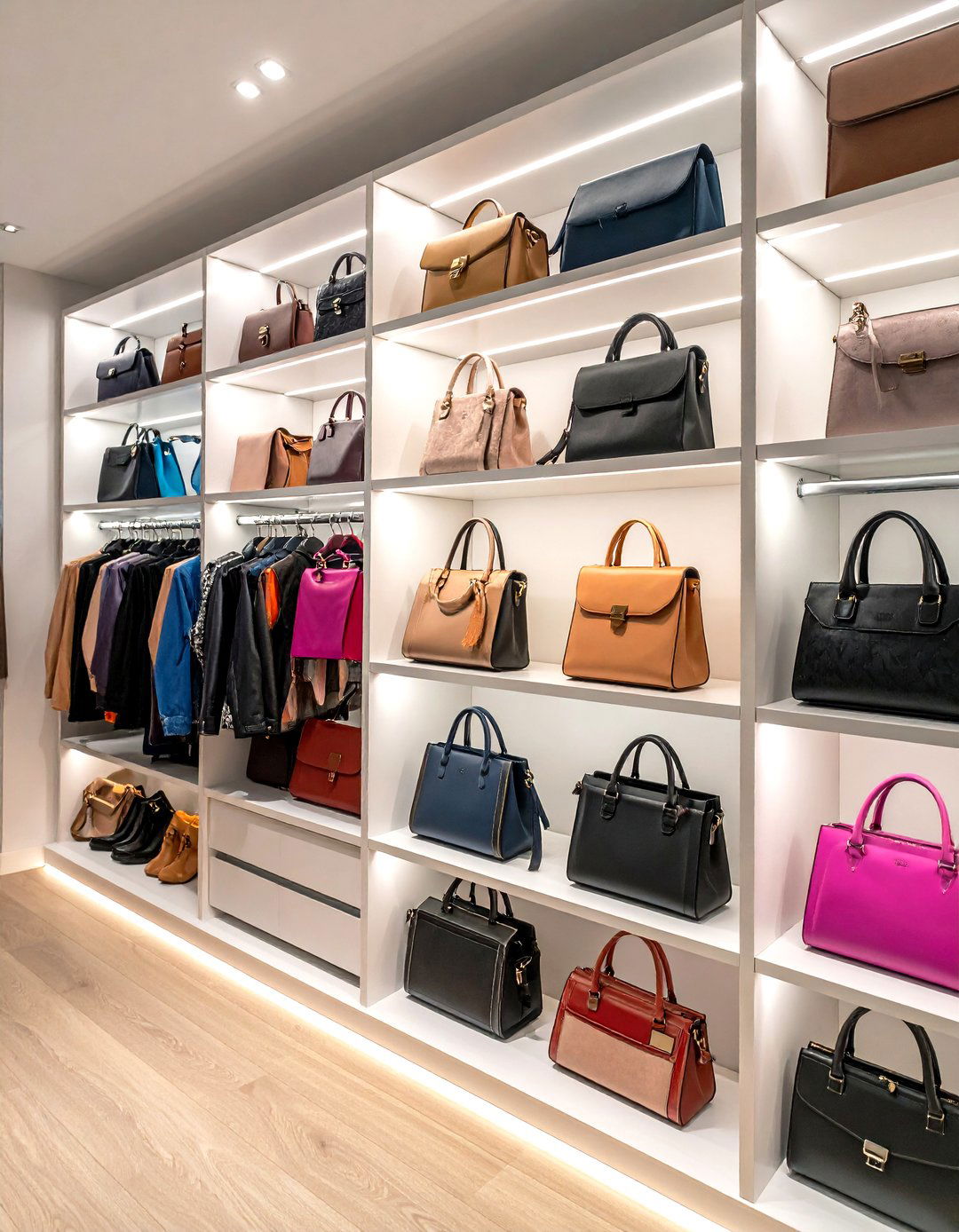
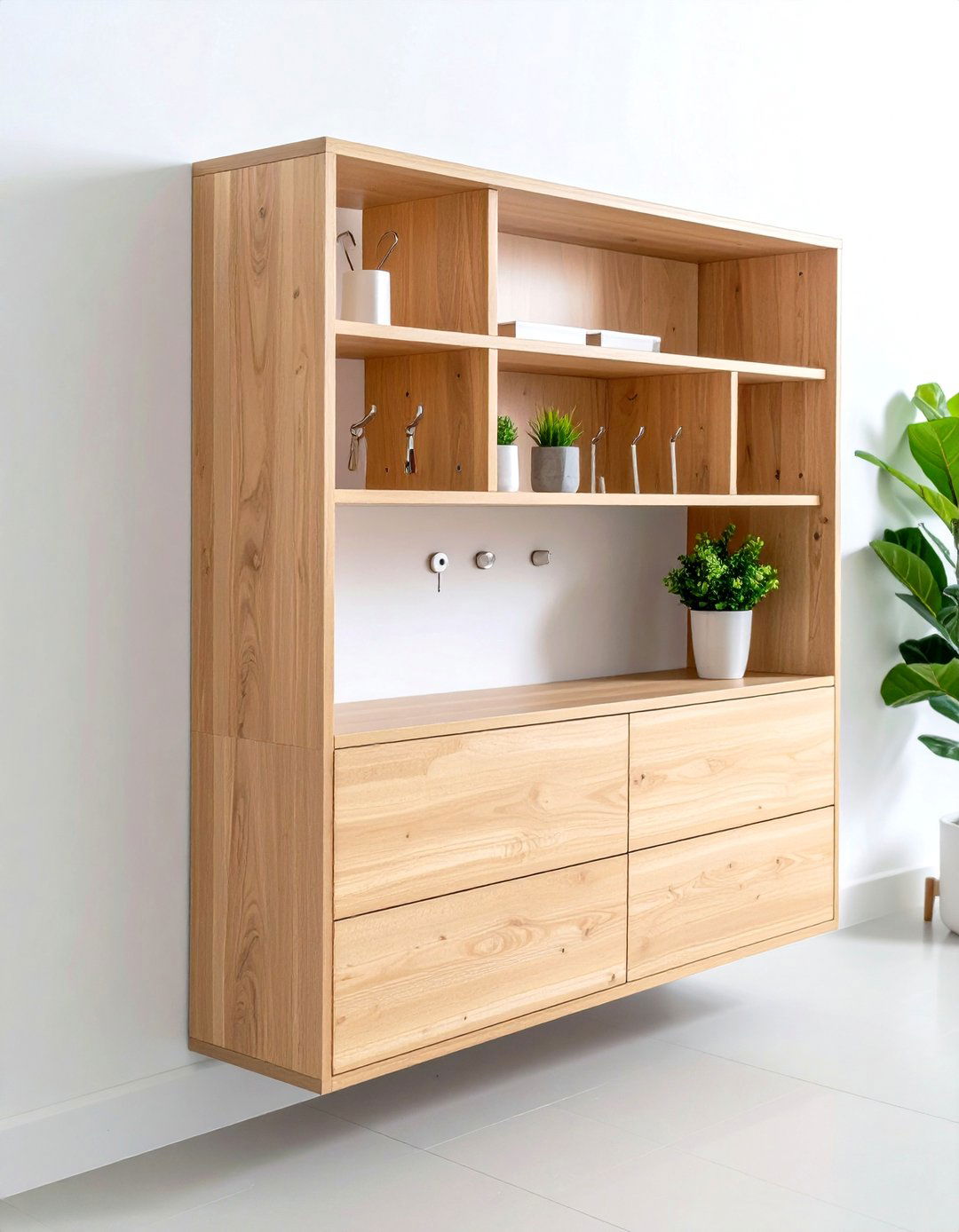
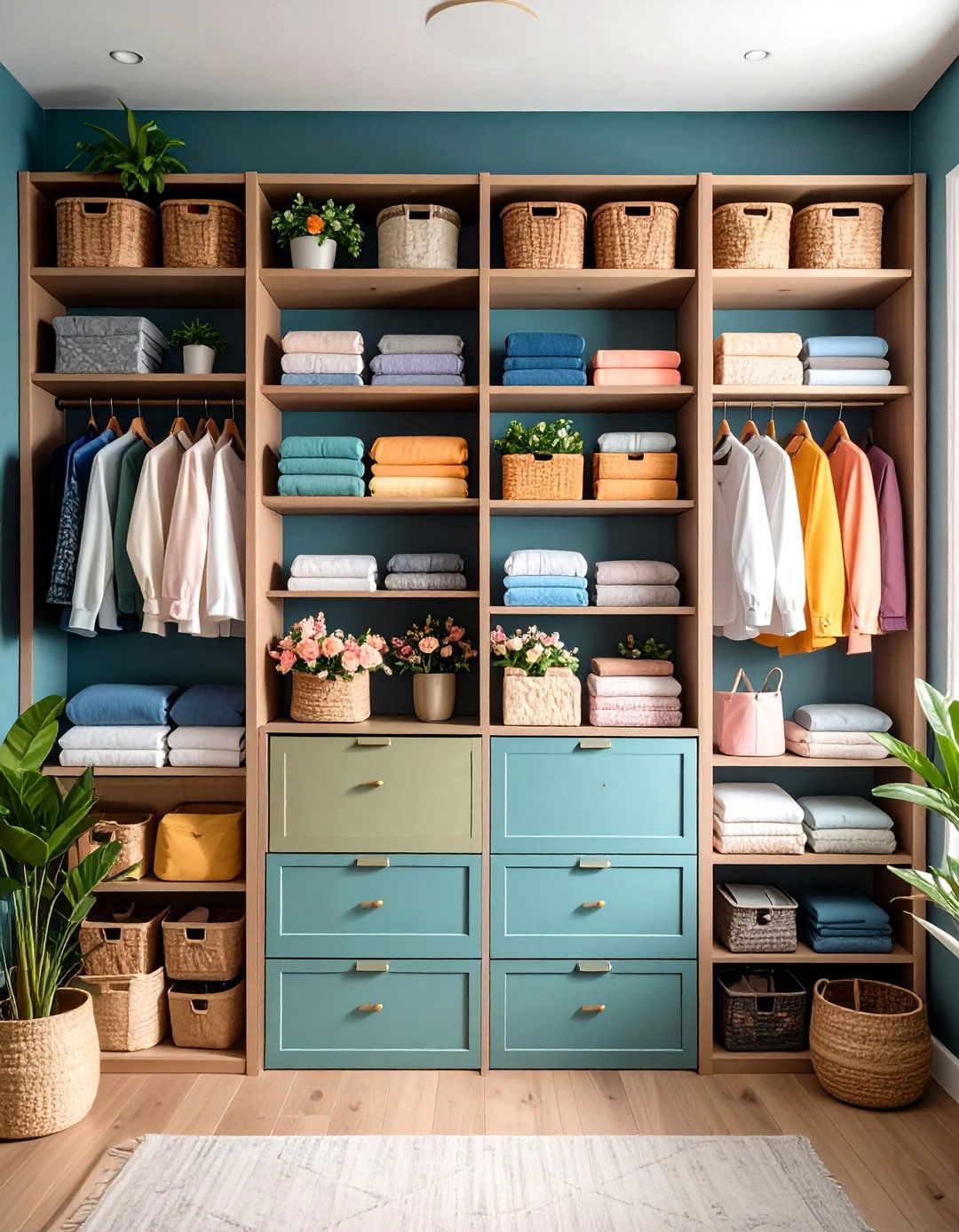
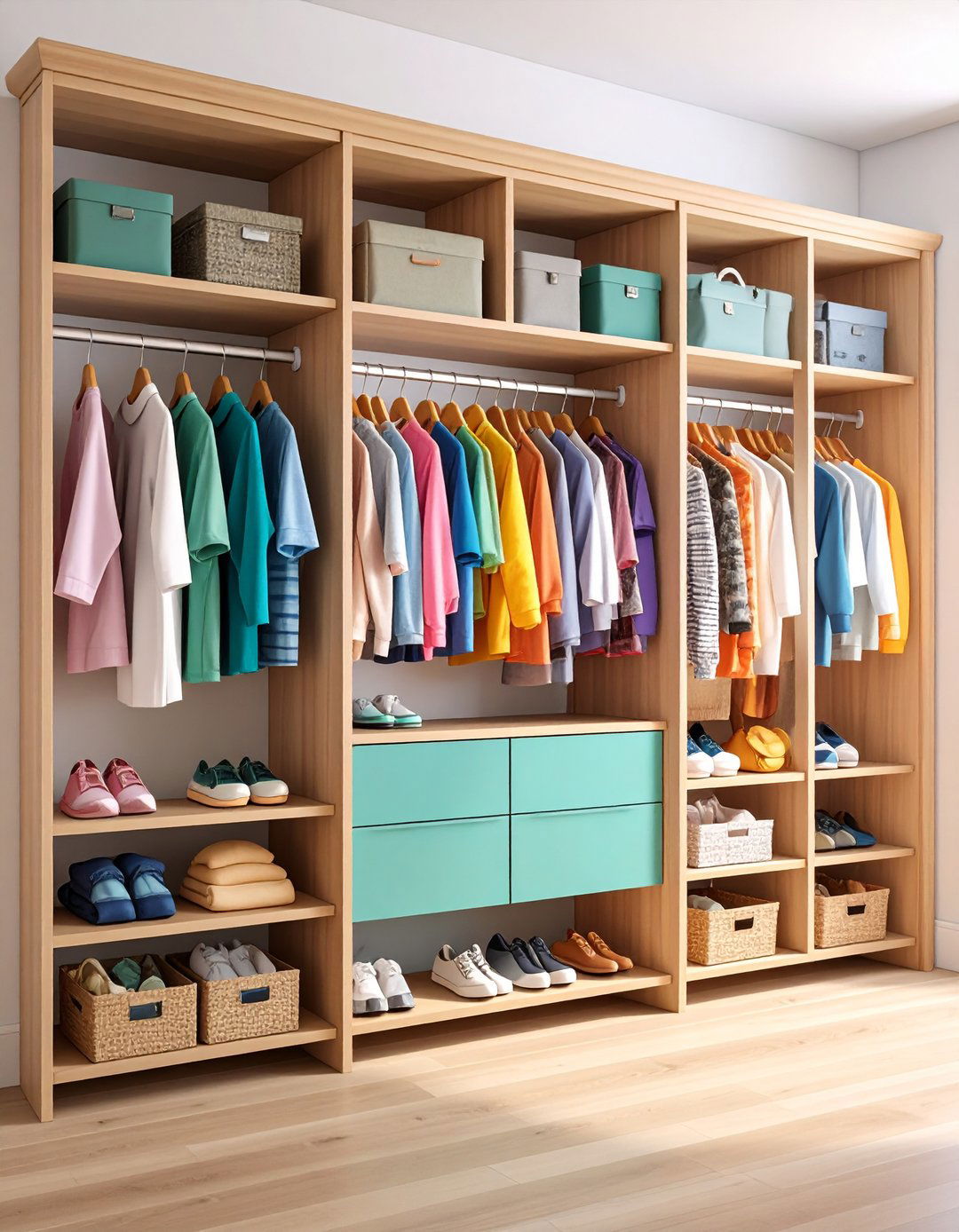
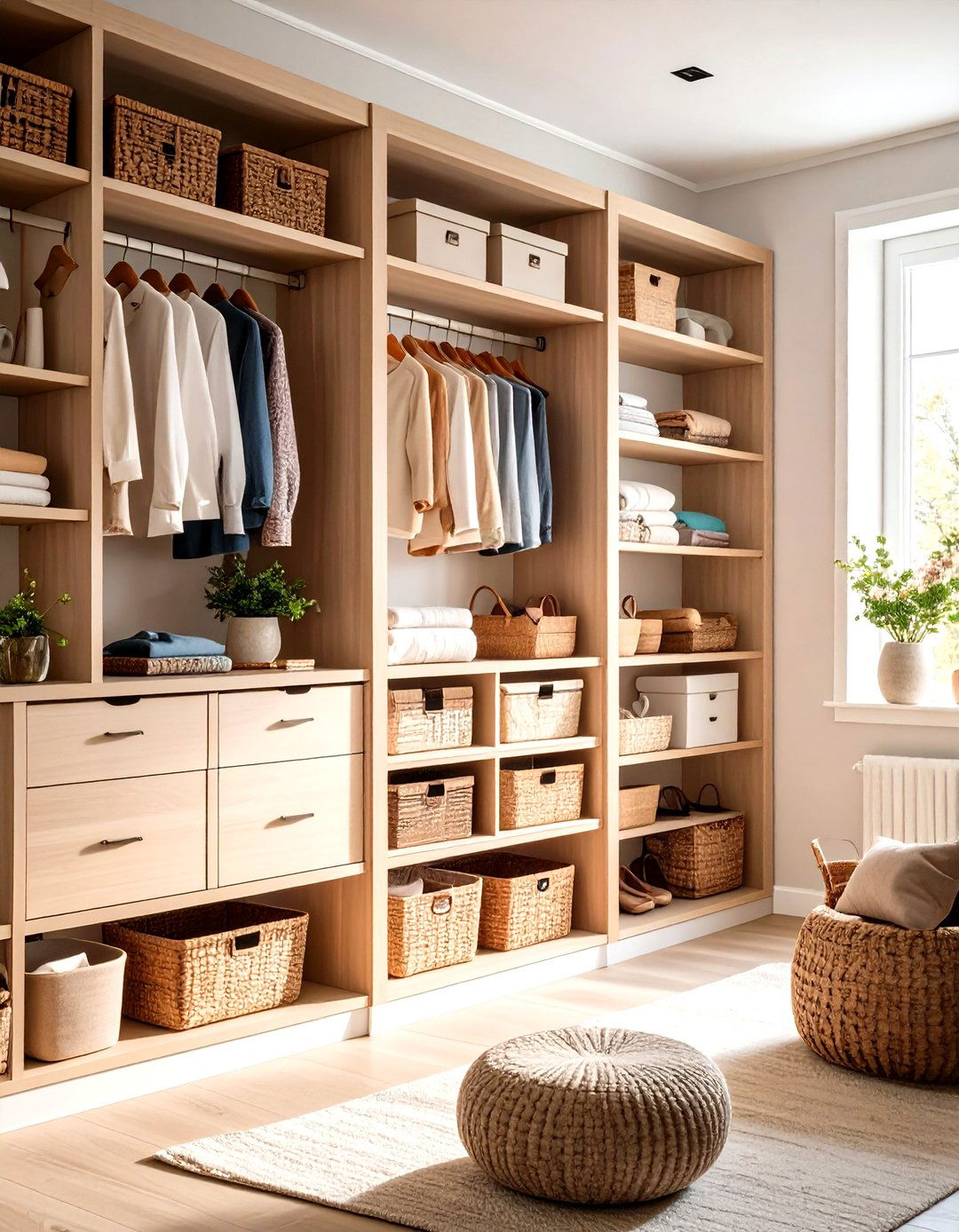
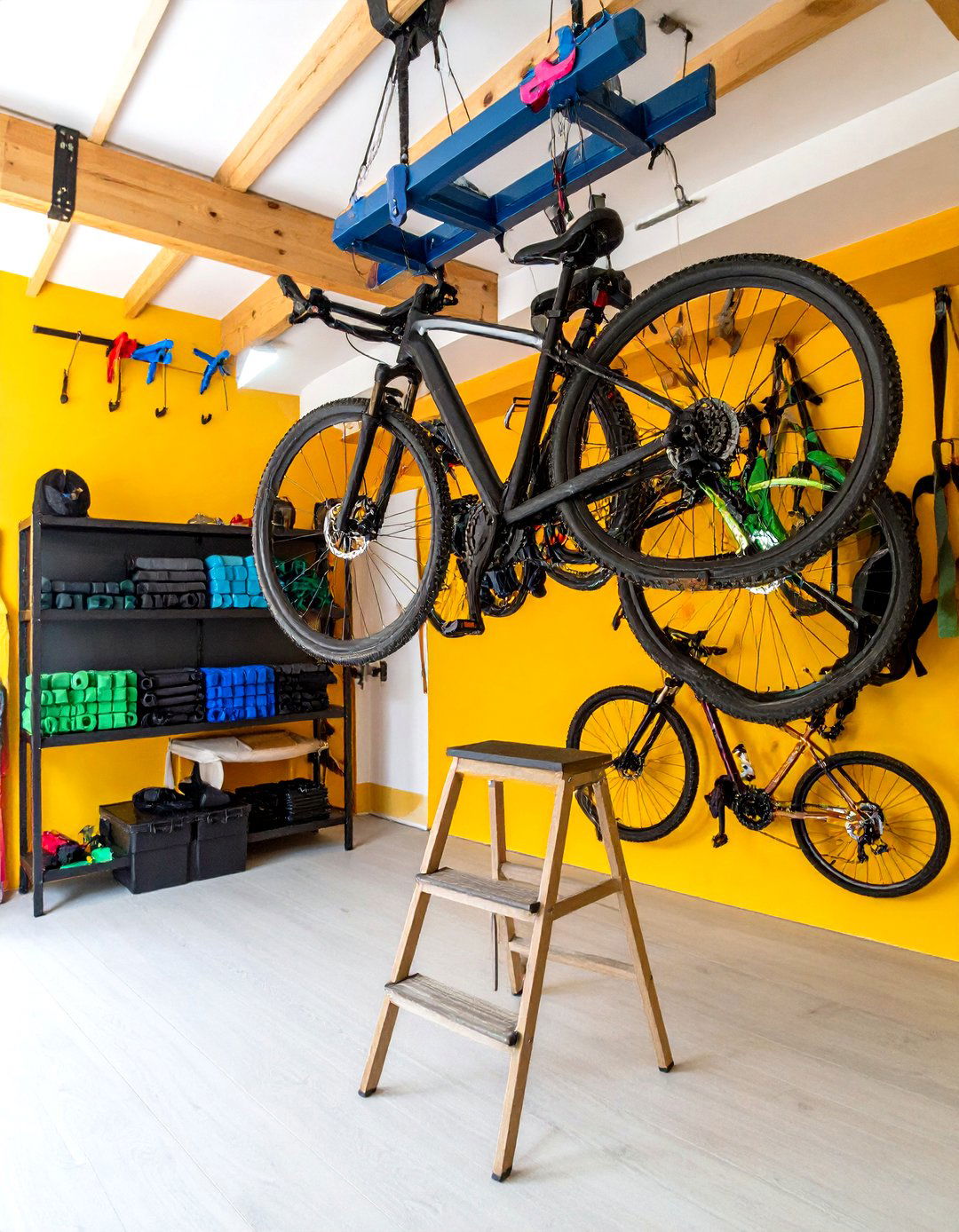

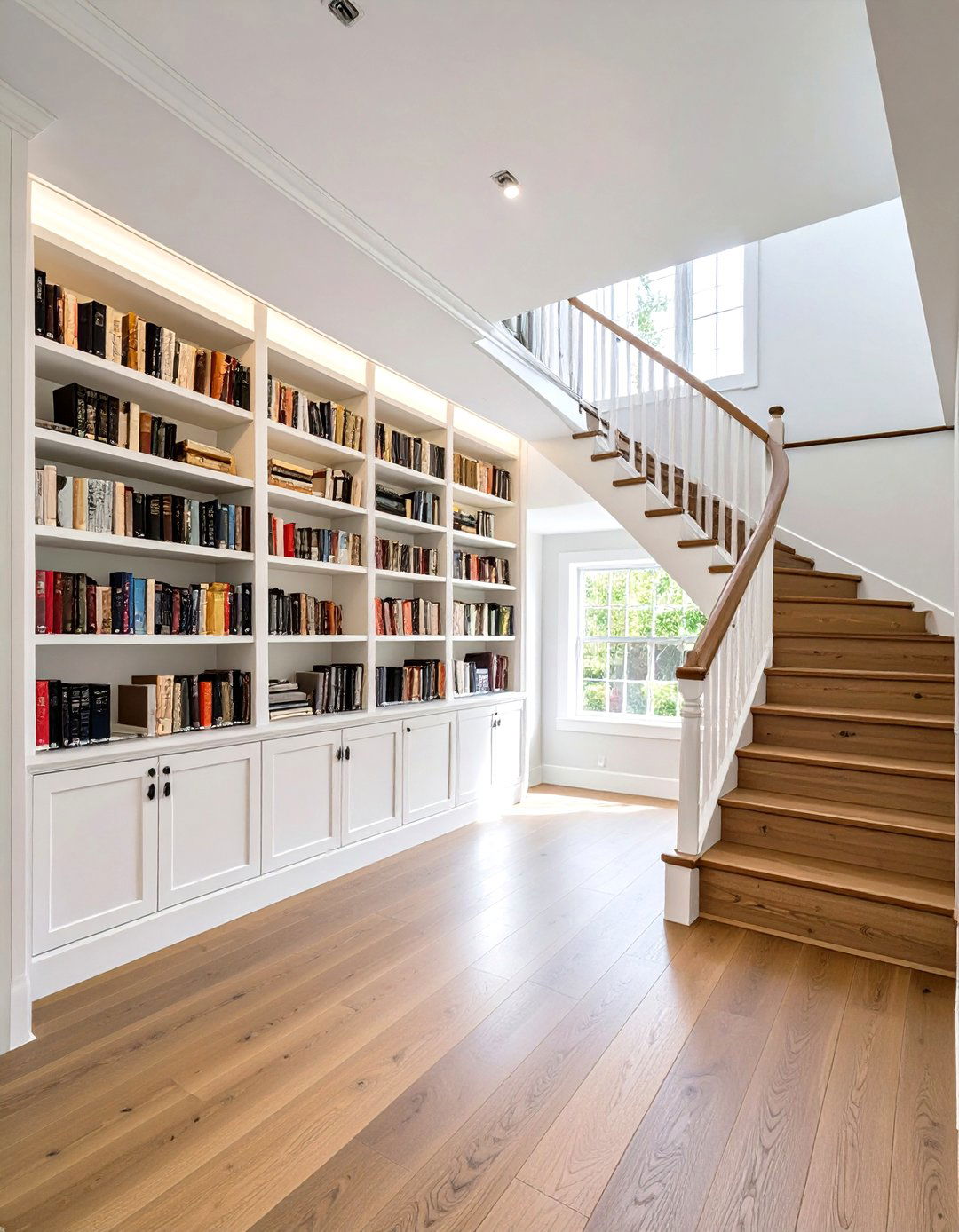
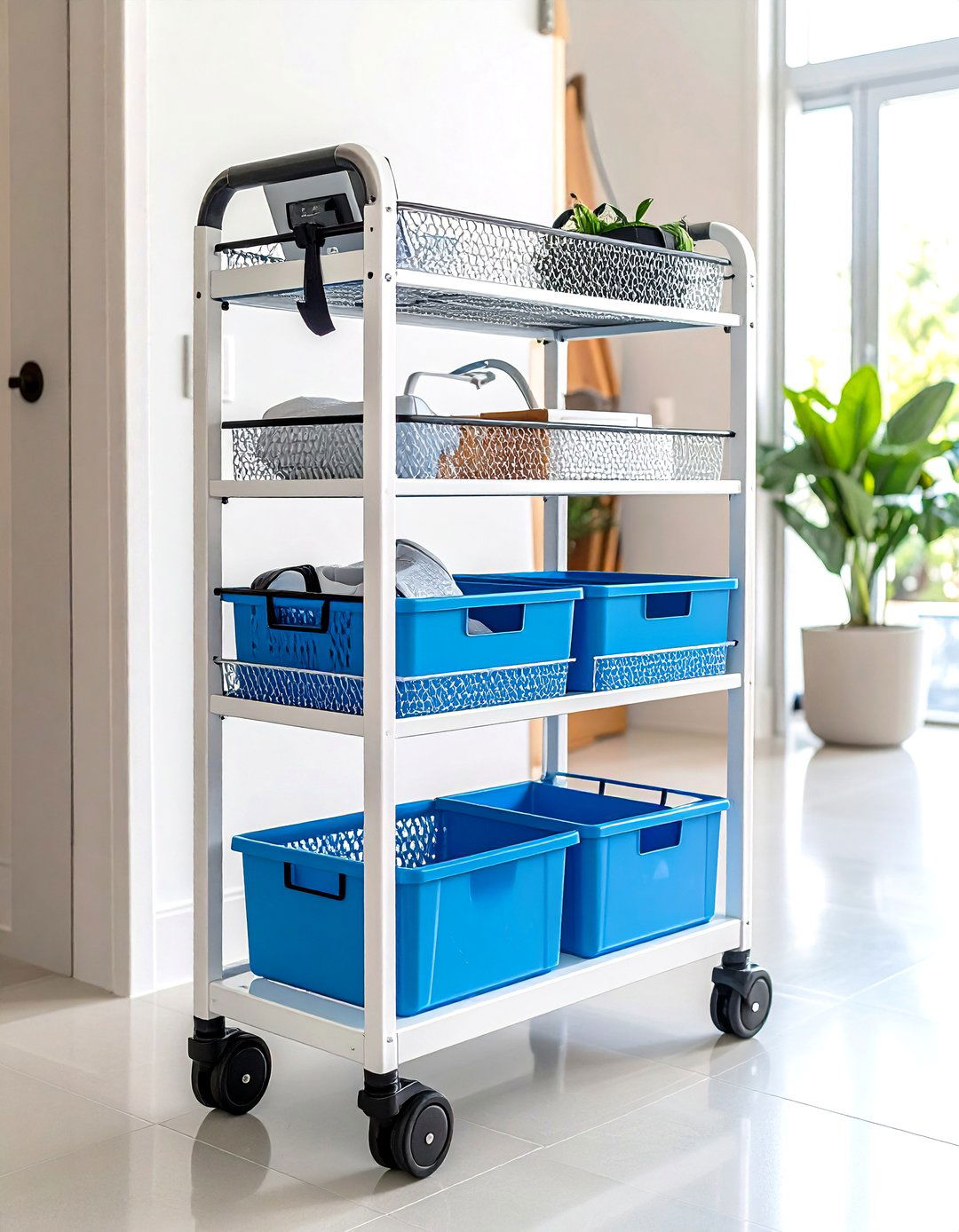

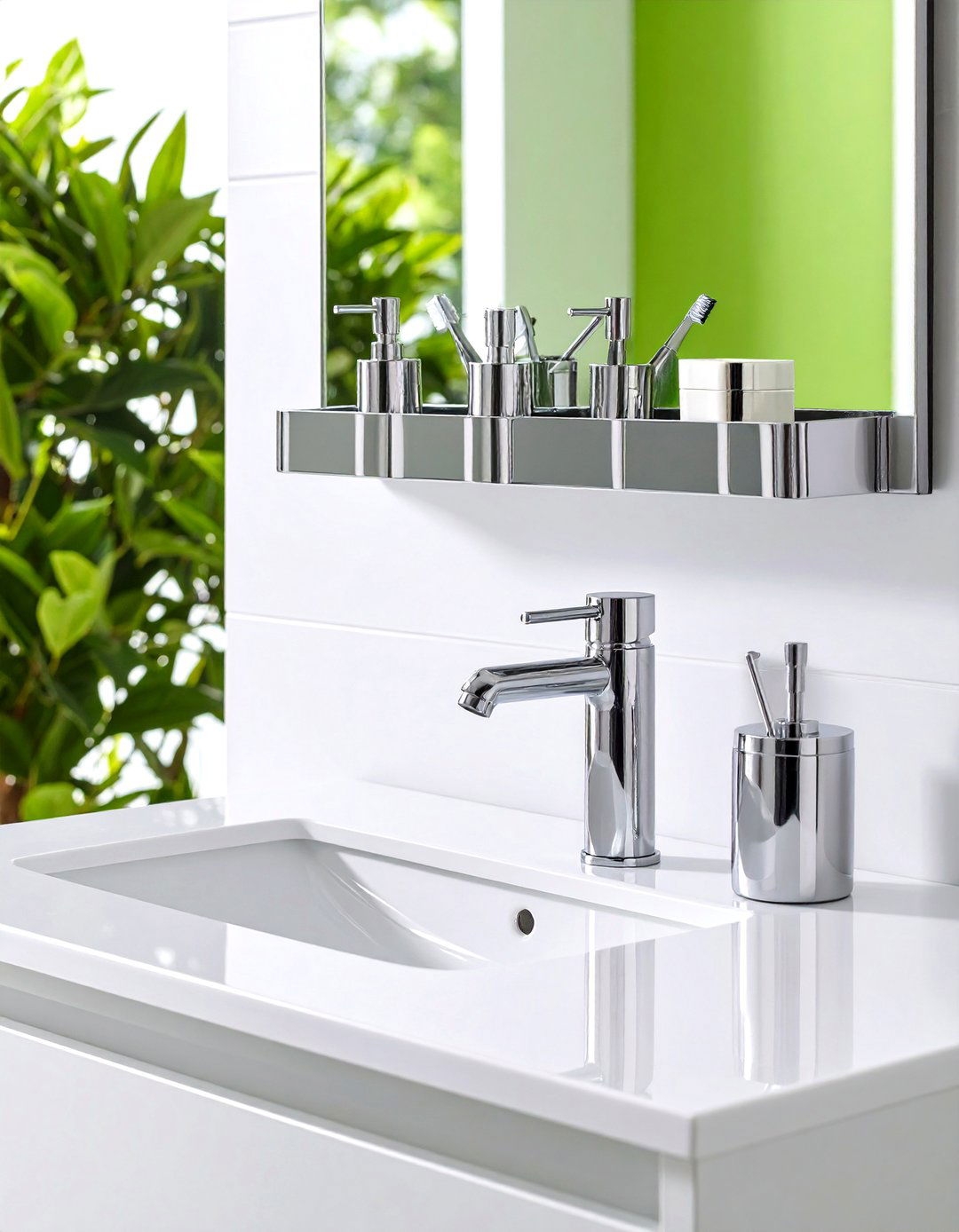
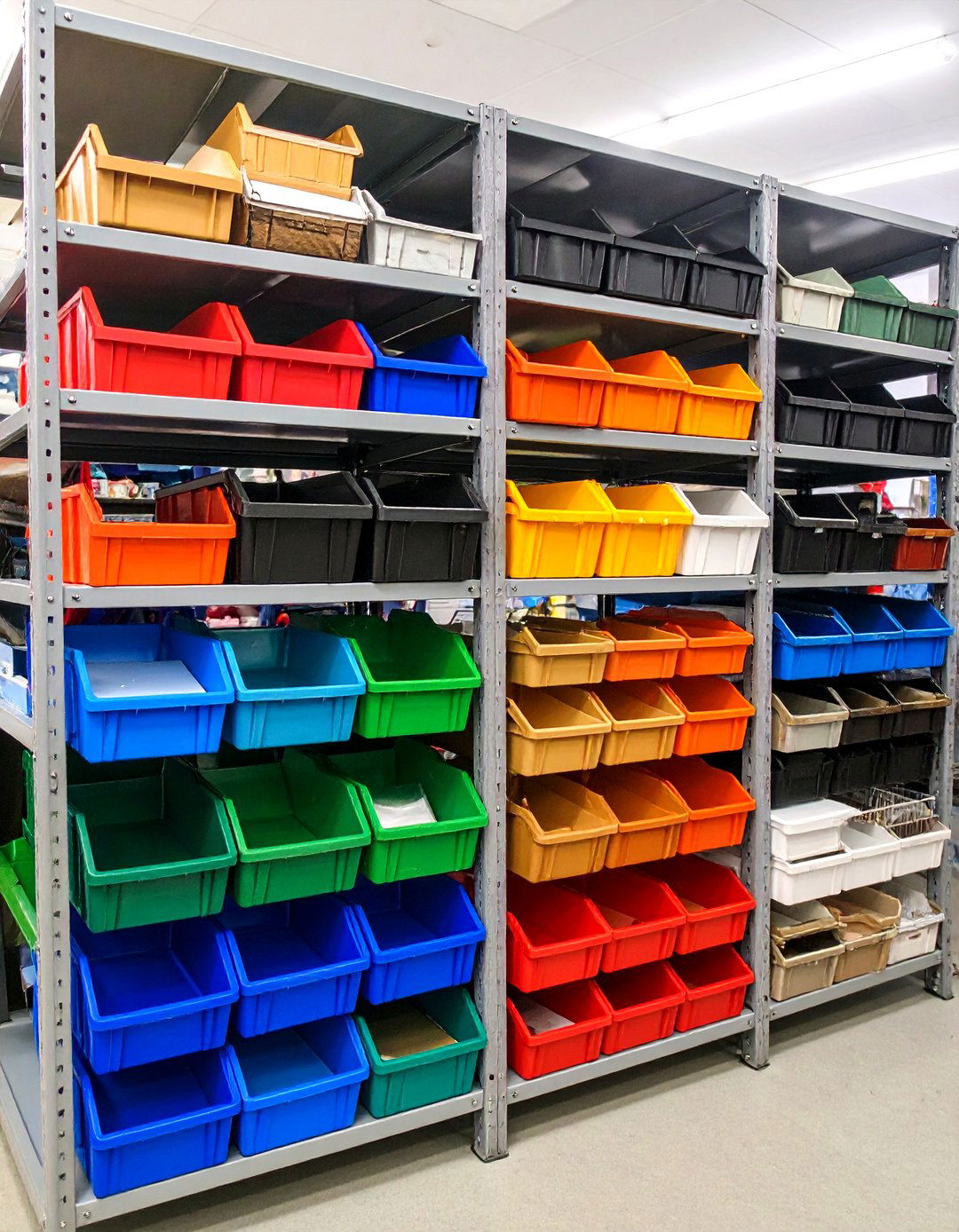
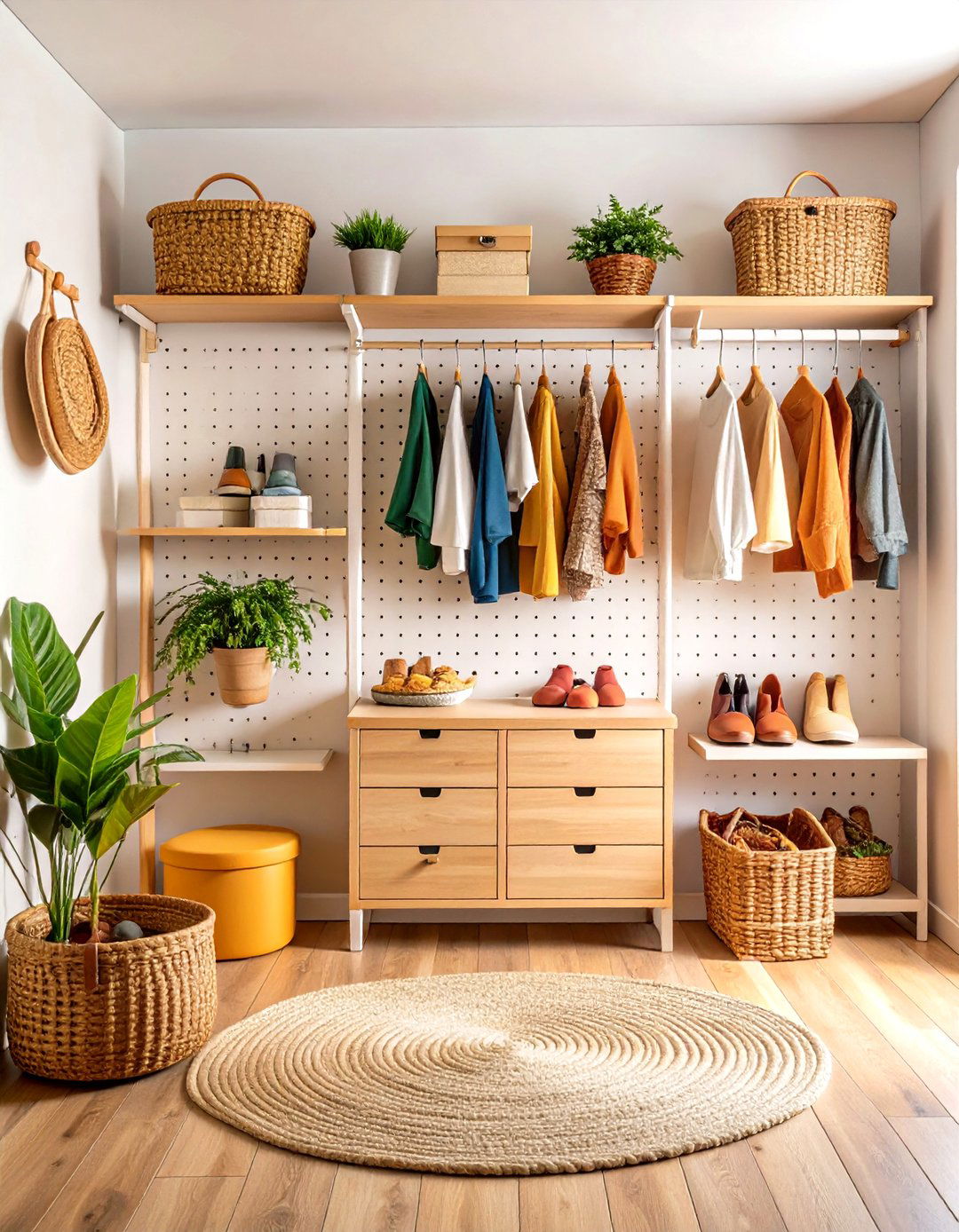
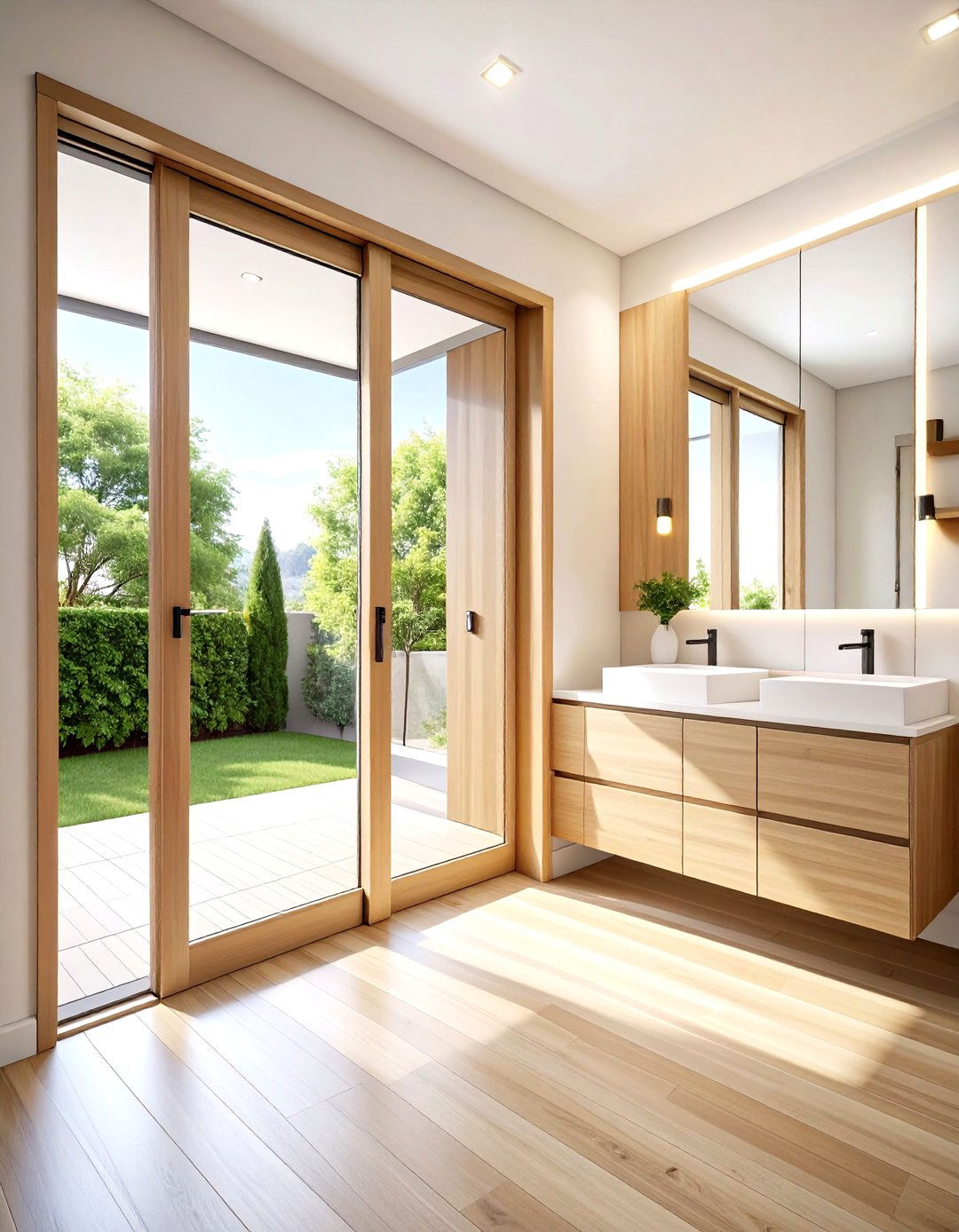
Leave a Reply